No products in the cart.
NEWS
Cut and Come Again Vegetables: Harvest More From Your Small Space
Dreaming of fresh garden produce but short on space? Even without a sprawling backyard, you can enjoy a bountiful harvest right on your patio, balcony, or in containers. The secret lies in choosing the right plants and mastering the ‘cut and come again’ harvesting technique. This method allows you to harvest vegetables and herbs multiple times from the same plant, ensuring a continuous supply of fresh greens throughout the growing season. It’s perfect for container and vertical gardens, turning limited areas into productive food sources.
Unlock Continuous Harvests: How Cut and Come Again Works
Unlike vegetables harvested once at the end of their growth cycle, ‘cut and come again’ varieties are managed to encourage regrowth. The fundamental principle is simple: remove only part of the plant, leaving enough healthy foliage and the root system intact so it can regenerate.
Many popular greens, like lettuce and spinach, grow from a central point or rosette. For these, you harvest the older, outer leaves, allowing the inner, younger leaves to continue developing. This preserves the core growing point.
Other plants, such as broccoli or some herbs, produce a main harvest, and then subsequent, smaller yields from side shoots once the primary part is removed.
Some hardy greens can even be cut back significantly, almost to the ground level, and will resprout with fresh growth, offering another harvest. Understanding these different methods allows you to maximize the yield from each plant you grow.
Top Cut and Come Again Plants Perfect for Small Spaces
Ready to maximize your yield? Here are some of the best vegetables and herbs suited for the ‘cut and come again’ method, ideal for container, patio, or vertical gardens.
1. Leeks
A versatile member of the onion family, leeks offer a milder, sweeter flavor perfect for soups, stews, and quiches. They are surprisingly simple to grow, even in containers.
To enjoy a continuous harvest from leeks, simply cut the green tops about 2 inches (5cm) above the soil level. As long as the root system remains undisturbed in the pot or ground, the plant will send up new leafy growth, providing multiple cuttings throughout the season.
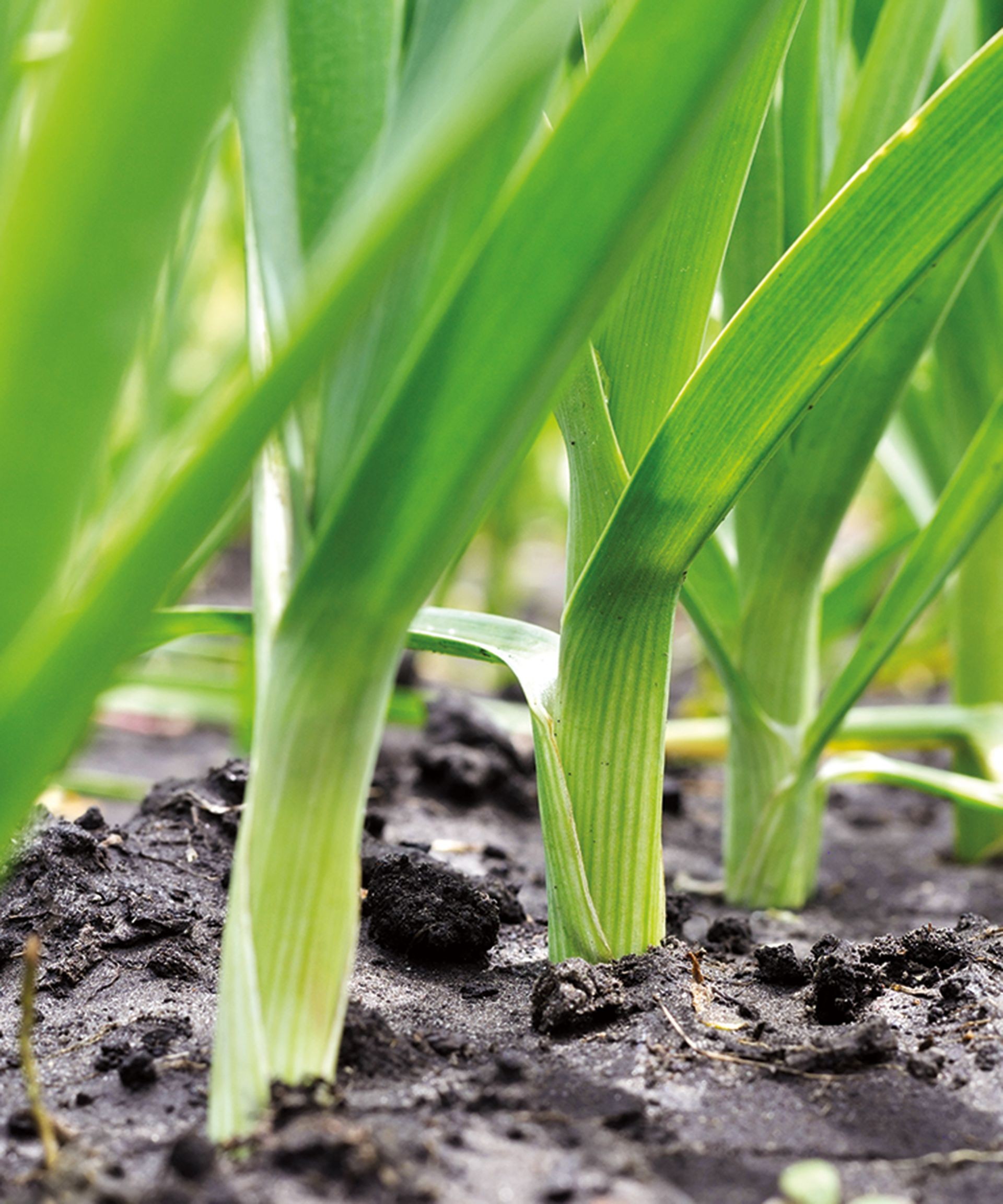 Fresh leeks growing vertically in rich garden soil, ready for a cut and come again harvest
Fresh leeks growing vertically in rich garden soil, ready for a cut and come again harvest
2. Lettuce and Leafy Greens
Often considered the quintessential ‘cut and come again’ crop, lettuces and leafy greens are must-haves for small space gardens. Varieties like Romaine, butter lettuce, and loose-leaf types are perfect candidates.
For lettuces that form heads (like iceberg), carefully remove only the outer leaves. For loose-leaf varieties or greens like kale, Swiss chard, radicchio, mache, and sorrel, harvest the larger, outer leaves, leaving the central core intact. This encourages the plant to keep producing new leaves from the center. Don’t forget the edible greens from root vegetables like beets, turnips, and mustard!
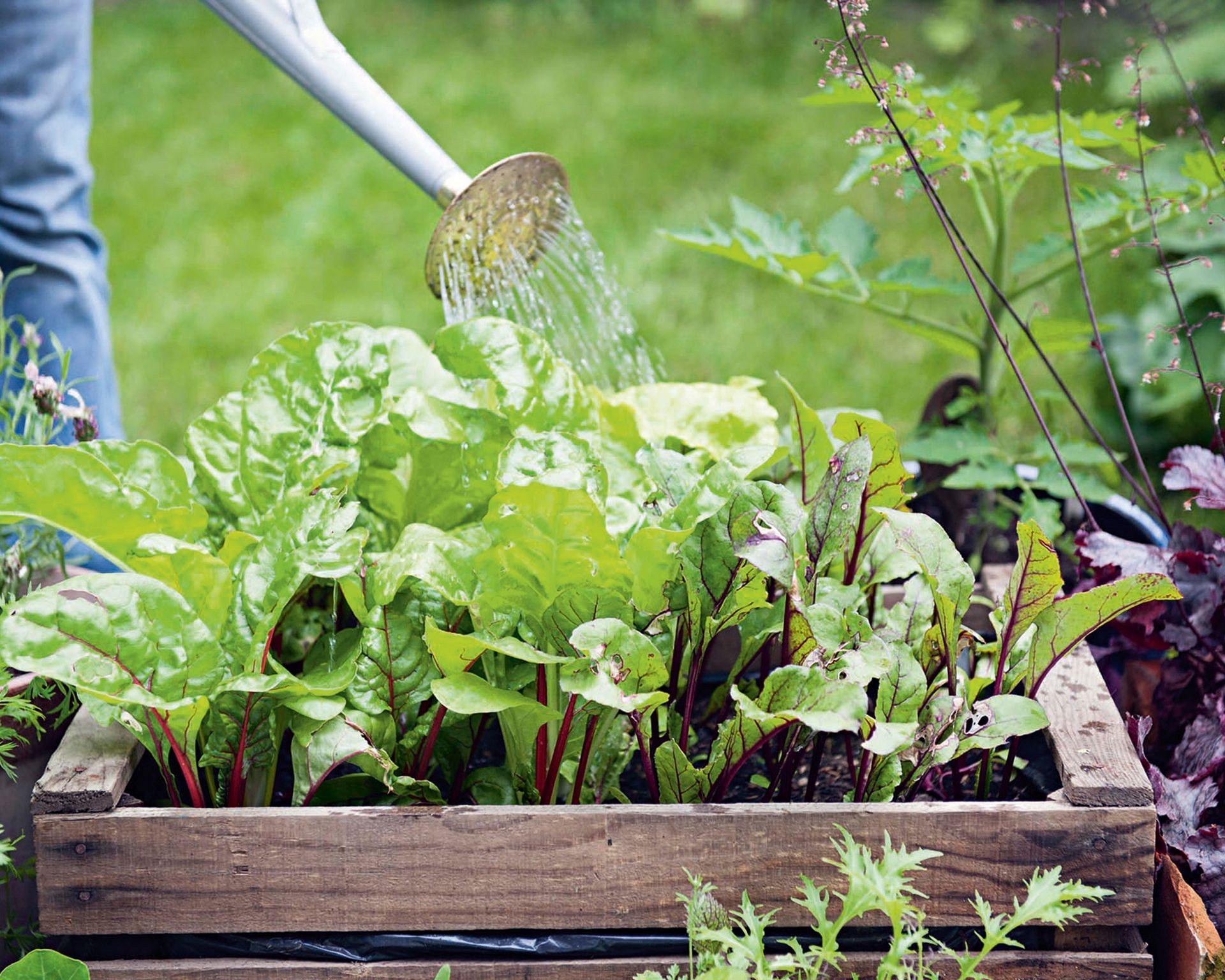 A small raised garden bed filled with lush green and red cut and come again lettuce varieties being gently watered
A small raised garden bed filled with lush green and red cut and come again lettuce varieties being gently watered
3. Broccoli
While you might think of broccoli as a one-time harvest, it’s actually a fantastic ‘cut and come again’ plant in a different way. Once you harvest the main, central head, don’t pull the plant!
The broccoli plant will then redirect its energy into producing smaller side shoots or florets along the main stem. These may not be as large as the central head, but they are just as delicious and extend your harvest significantly. Broccoli leaves are also edible and have a pleasant, slightly milder flavor than the florets. Growing broccoli in pots is a viable option for small spaces as a cool-season crop.
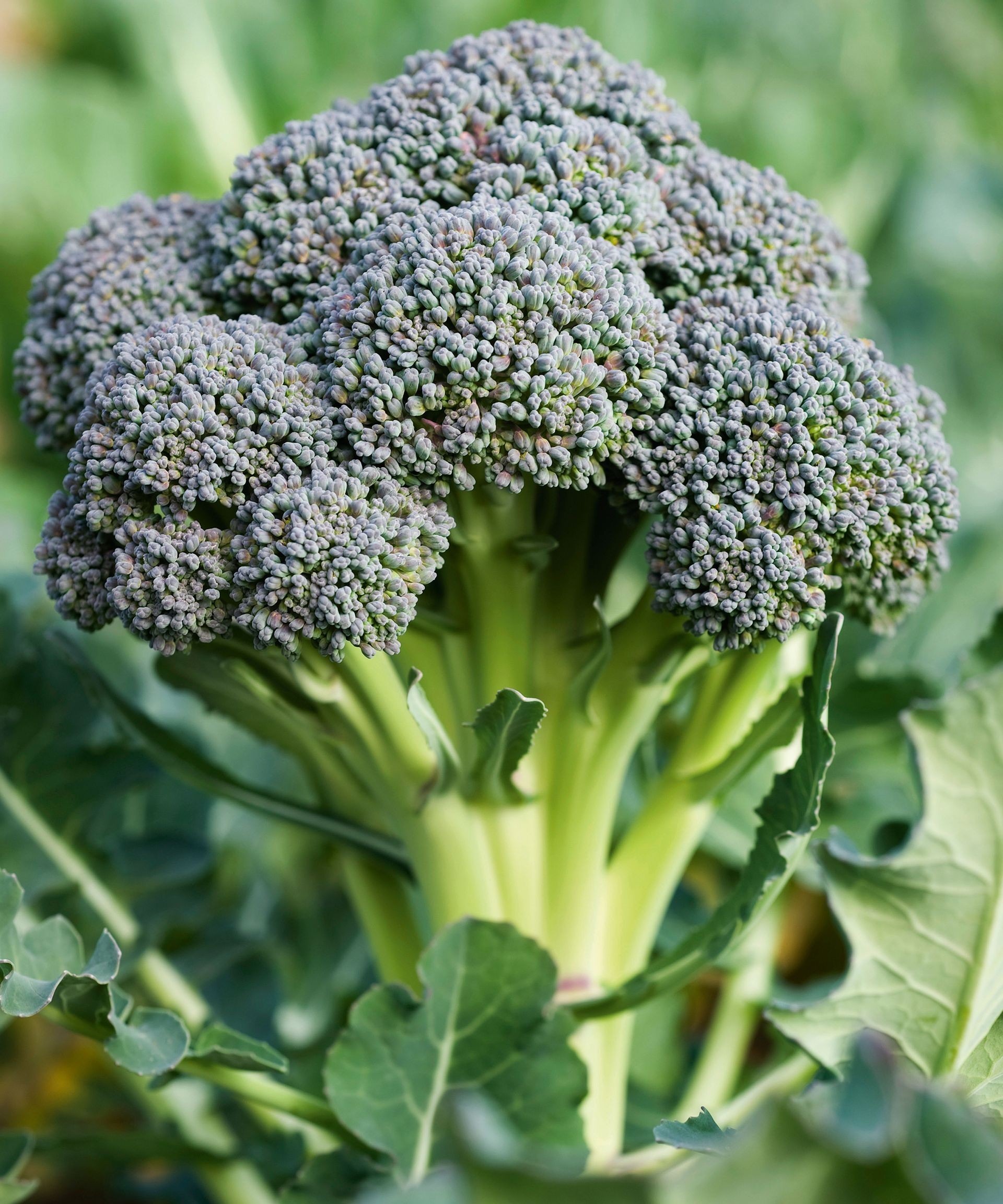 A healthy broccoli plant with a developing central head and large green leaves in a garden setting
A healthy broccoli plant with a developing central head and large green leaves in a garden setting
4. Amaranth
Often recognized as a grain, amaranth is also a wonderful leafy green packed with nutrients like iron, calcium, and protein. Its vibrant leaves make it an attractive addition to a small garden.
When growing amaranth for its edible leaves, you can harvest them throughout the season using the ‘cut and come again’ method. Simply pick the younger, tender leaves as needed. It’s important not to strip the plant completely; a good rule of thumb is to harvest no more than one-third of the plant’s leaves at any one time. This allows the plant to continue photosynthesizing and producing more foliage.
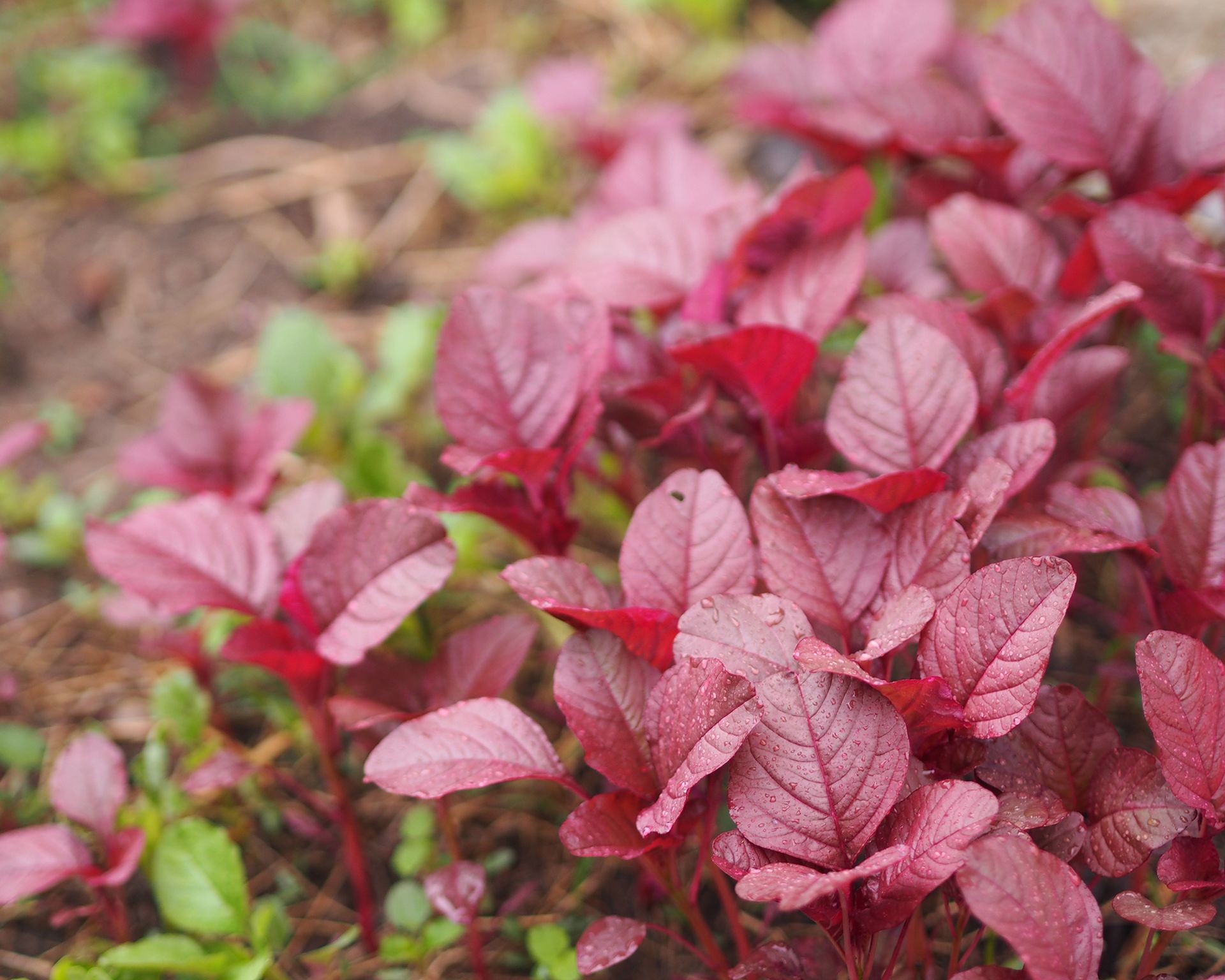 Vibrant red and green amaranth leaves growing densely in a garden bed, ready for harvesting
Vibrant red and green amaranth leaves growing densely in a garden bed, ready for harvesting
5. Asparagus
Asparagus is a long-term investment for your garden, taking a couple of years to establish productive root systems. But once it gets going, a single plant can provide delicious spears for 15-20 years! It’s a true perennial ‘cut and come again’ star.
Beginning in spring, as the asparagus spears emerge from the soil, harvest them when they are about 6-8 inches tall. Snap or cut them at ground level. Regularly harvesting the spears actually encourages the plant to produce more. The plant will continue to send up new shoots from spring until temperatures rise significantly.
 A gardener's hands snapping fresh, tender asparagus spears from established plants in the garden
A gardener's hands snapping fresh, tender asparagus spears from established plants in the garden
6. Dandelion
While often considered a weed, dandelion (Taraxacum officinale) is a nutritional powerhouse, loaded with vitamins and minerals. Grown intentionally in a container, it becomes a valuable ‘cut and come again’ green.
Sowing dandelion seeds in a dedicated pot gives you control and ensures a clean harvest. The young leaves are the most tender and least bitter. You can harvest these outer leaves repeatedly throughout the season. To prevent unwanted spreading, be sure to remove the bright yellow flowers before they turn to seed heads. The flowers and older leaves are also edible when prepared properly.
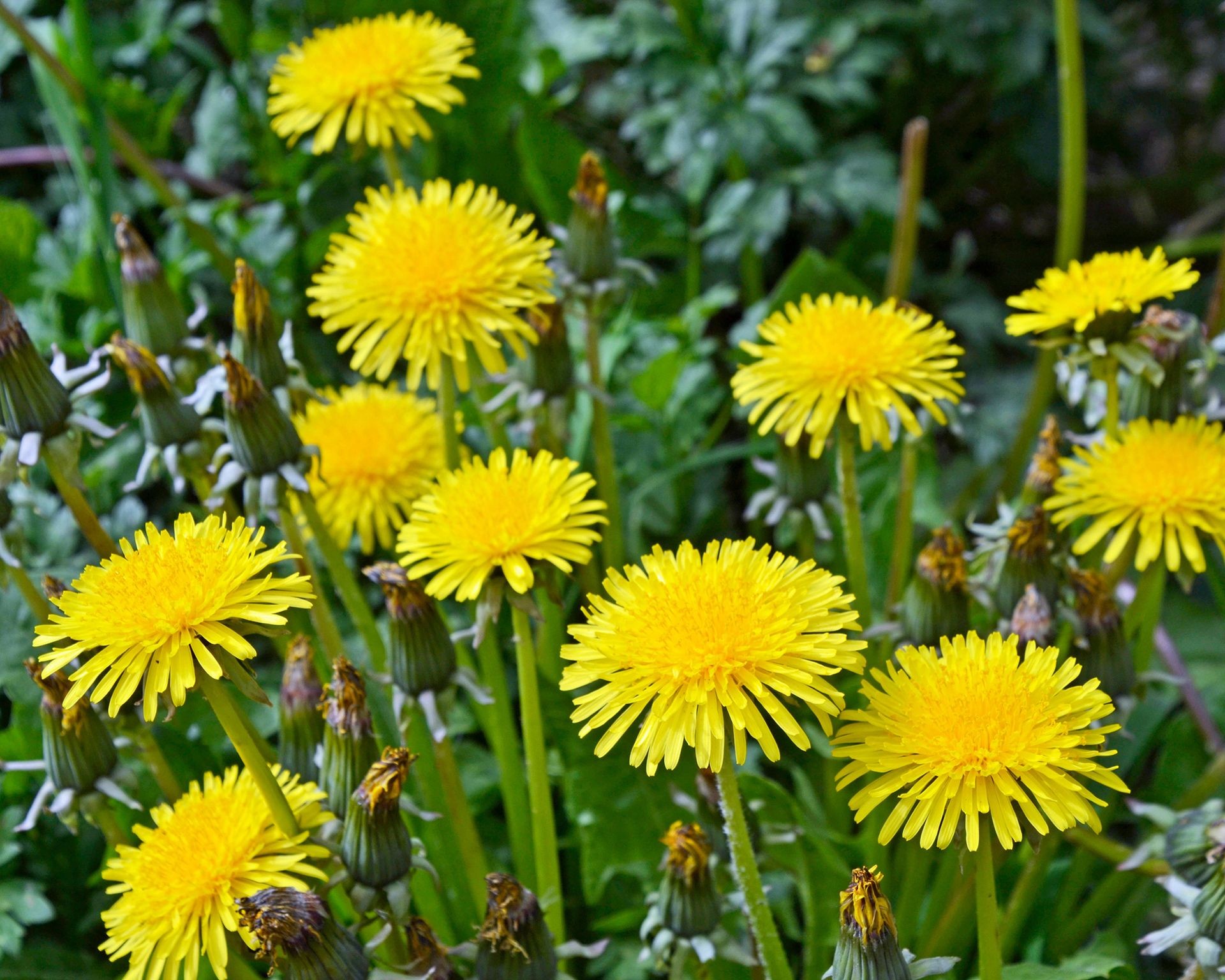 Bright yellow dandelion flowers blooming amongst green leaves in a natural setting
Bright yellow dandelion flowers blooming amongst green leaves in a natural setting
7. Celery
Growing celery from seed requires patience, but by the end of the season, you’ll have stalks and leaves ready for harvesting. Celery adds essential flavor to stocks, soups, and salads, and much-needed crunch to fresh dishes.
As the celery plant matures, you can begin harvesting individual outer stalks as you need them. Cut the stalks about three-quarters of the way down from the top, leaving the inner stalks to continue growing. The leaves are also edible and flavorful. This selective harvesting allows the plant to continue producing, offering fresh celery additions over an extended period.
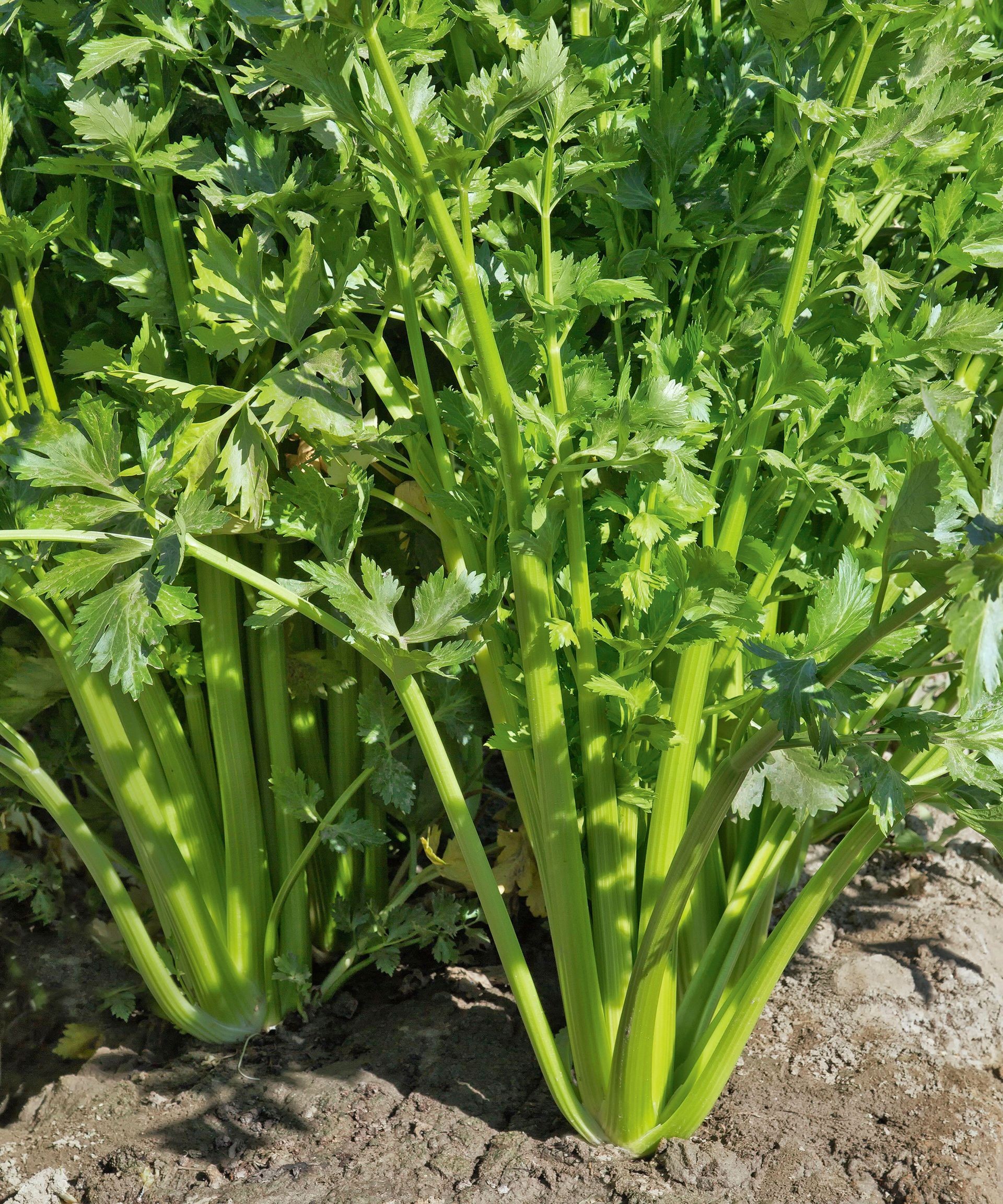 Healthy green celery stalks growing upright in a vegetable garden bed
Healthy green celery stalks growing upright in a vegetable garden bed
8. Cress
Cress offers a quick and spicy addition to salads and sandwiches. Its peppery flavor is a refreshing bite. Best of all, it’s incredibly fast-growing, making it perfect for impatient gardeners or limited spaces!
Cress seeds germinate and grow rapidly; you can often begin harvesting just two weeks after sowing. Being a small plant, it’s ideally suited for containers. To harvest, snip the stems about half an inch (1.5cm) above the soil. The plant will quickly regrow, providing multiple harvests. Enjoy cress fresh for the best flavor.
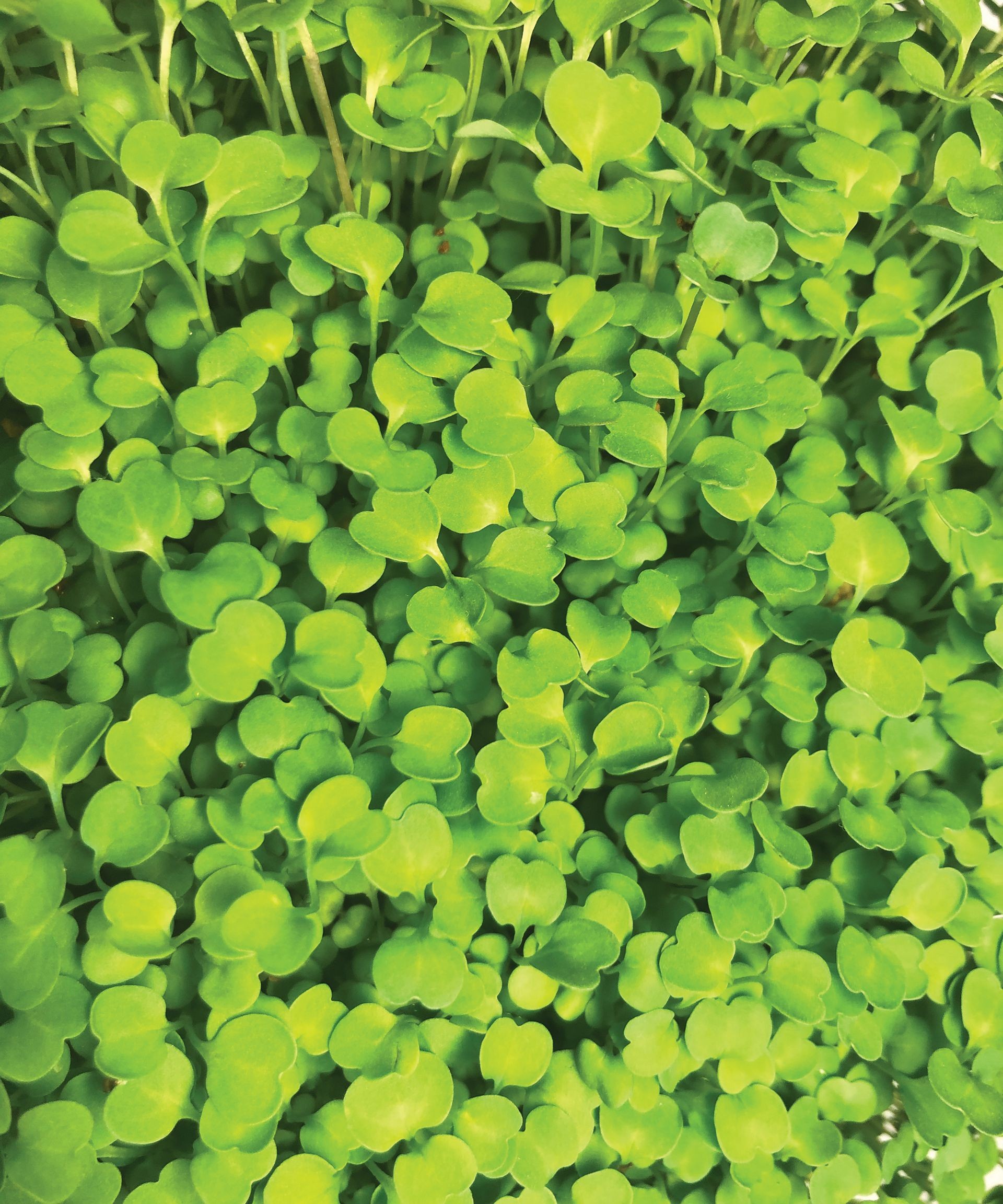 A dense cluster of vibrant green cress leaves growing closely together, ready for a quick harvest
A dense cluster of vibrant green cress leaves growing closely together, ready for a quick harvest
9. Culinary Herbs
No small space garden is complete without fresh herbs! They elevate any dish with their aroma and flavor. Many popular herbs are naturally ‘cut and come again’ plants, providing continuous fragrance and taste.
Herbs like basil, parsley, mint, oregano, thyme, and chives all thrive with regular harvesting. For bushy herbs like basil, pinch or snip stems just above a leaf node; this encourages branching and fuller growth. For leafy herbs like parsley or cilantro, harvest the outer stems. A general rule for most herbs is to avoid removing more than one-third of the plant at any one time to ensure vigorous regrowth.
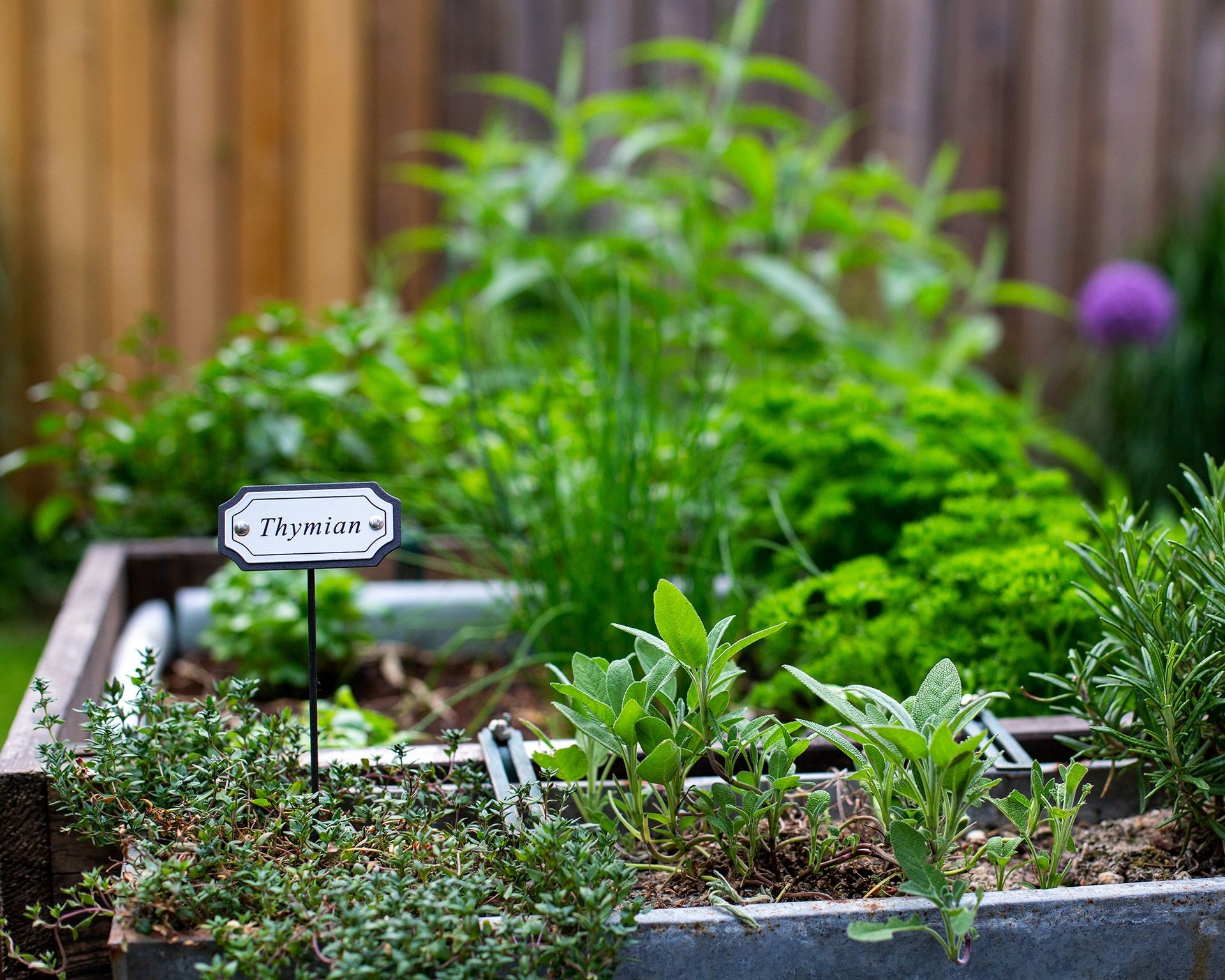 A variety of fresh culinary herbs growing in pots, perfect for a container herb garden.
A variety of fresh culinary herbs growing in pots, perfect for a container herb garden.
Grow Your Own Continuous Harvest
Growing ‘cut and come again’ vegetables and herbs is an incredibly rewarding way to maximize your yield from limited gardening space. By selecting the right plants and using the proper harvesting techniques, you can enjoy a fresh supply of greens, herbs, and even some vegetables like broccoli side shoots or asparagus throughout the season.
This approach isn’t just efficient; it connects you directly to your food supply and brings the joy of gardening to your doorstep, no matter how small your patio or balcony may be. With a little planning and care, your small space can become a productive, delicious haven.
Ready to start your own continuous harvest garden? Explore high-quality seeds, potting mixes, and containers available at Biogarden.asia to get everything you need for success. Share your ‘cut and come again’ gardening experiences with us!



